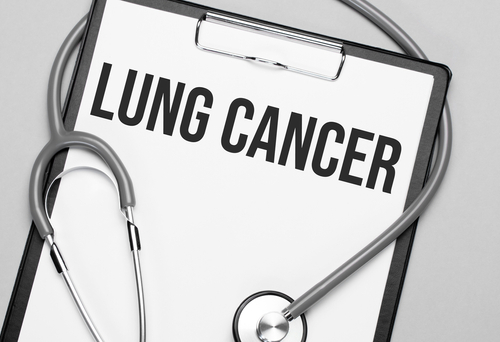
Opportunistic screening for lung cancer helped lower the risk of death related to the disease in China by nearly 50% compared with nonopportunistic screening.
A recent study that included patients with lung cancer from the Weihai Municipal Hospital Healthcare Group (2016-2021) in Weihai City, China, evaluated lung cancer-specific mortality and all-cause mortality.
Led by Lijie Wang, the team of researchers collected demographics, tumor characteristics, comorbidities, blood indexes, and treatment information from 5234 patients. The mean age was 61 years and most (89.8%) patients had NSCLC that was stage I (47.7%). Nearly all (98%) the women in the patient population were never-smokers compared with 32% of men.
Researchers then classified patients into two groups based on opportunistic (42.9%) or nonopportunistic (56.8%; showed relevant symptoms and signs of lung cancer) low-dose CT screening.
After 1:1 propensity score matching, 2788 patients, 1394 in each group, were included in the analysis. Researchers determined that opportunistic screening with low-dose CT was associated with a 49% lower risk of lung cancer death and 46% lower risk of all-cause death.
“These findings suggest that opportunistic screening is an important supplement to population screening to improve prognosis of adults with lung cancer,” the researchers said.







 © 2025 Mashup Media, LLC, a Formedics Property. All Rights Reserved.
© 2025 Mashup Media, LLC, a Formedics Property. All Rights Reserved.